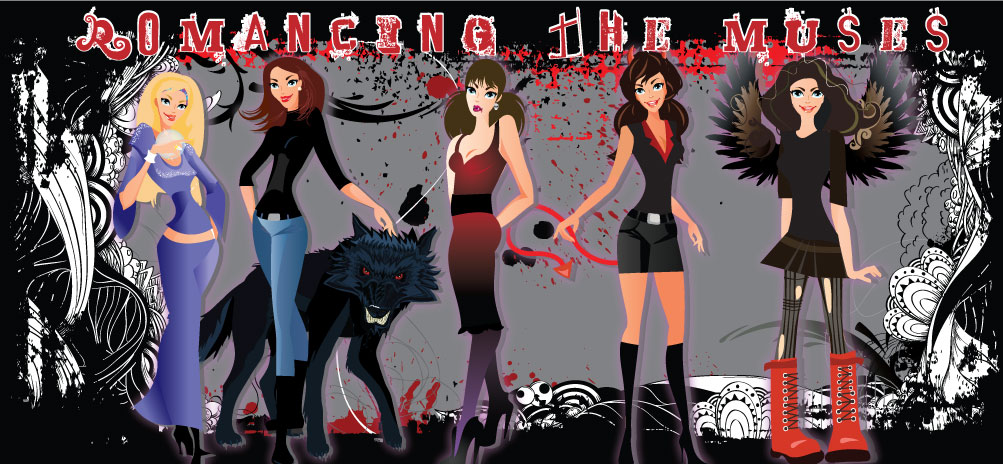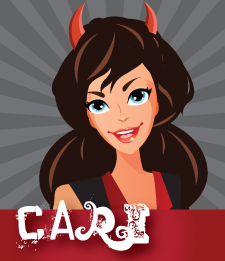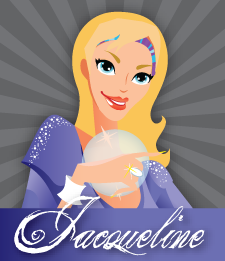To outline, or not to outline: that is the question:
Whether 'tis nobler in the mind to suffer
The slings and arrows of outrageous plotlines,
Or to take notes against a sea of ideas,
And by opposing catalogue them?
Many authors feel outlines are too restrictive of the creative process. Other writers feel lost if they don’t have an idea of where the story is going. Personally, I fall in the latter category. I’ve tried pantsing it (“writing by the seat of one’s pants”), but I’ll get a few chapters in before feeling anxious and lost.
We’ve all heard the grass is always greener; I have several friends who have absolutely no clue where the story is headed once they begin writing. They have only a few characters, a concept, and an open road of possibilities. Sometimes, when I’m particularly bored with an idea or stumbling over a few chapters, I envy that quality. And while I know how simple it would be to change things up, my own style is such that once I have an idea of where I want the story to go, I’m rather immovable. That being said, I have found that doing the opposite in terms of preparing for a manuscript helps in times of writer’s block.
Since I am an outliner, my views on this process are biased. I will say I became an outliner as a result of pantsing it when I was younger. I’d find myself in holes so deep they ran to China. There is something thrilling in that, I admit. Knowing the whole thing could fall apart gave it a sense of urgency; daring my creativity to do something surprising while maintaining integrity and keeping readers hooked.
Outlining has been a lifesaver for me. I started chronicling the direction my WIPs were to take when I feared forgetting something I had planned for the road ahead (from things as small as a funny to huge twists with particular indicators). This transformed into detailed chapter-by-chapter synopses from start to end, or at least an overall view of where the project was headed. I’ve never felt confined, as I am also in charge of the outline and can (and have!) changed it based on something that turned up unexpected in the actual manuscript. For example: my most recently-completed MS had a rigid outline, but I was pleasantly surprised at how the original concept matured during the writing stage. As a result, this particular story has since developed a life of its own, and demands at least four additional books to give the plotline a sense of completion.
The outlining process is a crucial stage for me, but there is no right or wrong way to start writing. Are you a pantser or an outliner? Have you tried switching it up? What was the result?
Monday, January 17, 2011
Subscribe to:
Post Comments (Atom)










0 comments:
Post a Comment